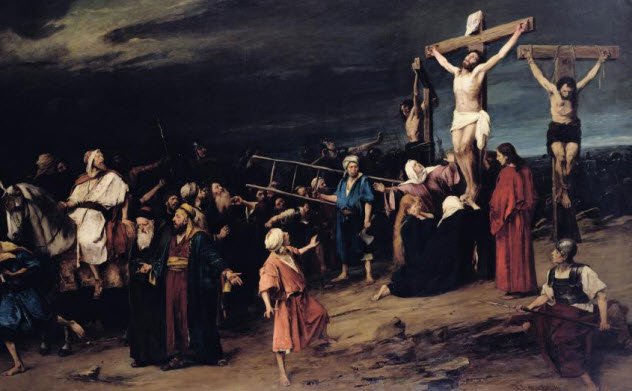5. The Position Of The Nails

Photo credit: askgramps.org
The idea that the nails pierce the victim’s palms is the dominant image we get from painters and sculptors who have represented the crucifixion of Jesus. Today, we know that nails through the palms are unable to support the body weight and likely to strip out between the fingers.
Therefore, it is possible that the upper limbs of the victim were tied with ropes to the crossbeam to provide additional support. There is, however, a simpler solution. The nails could be inserted between the ulna and the radius rather than the palms. The bones and tendons of the wrist are strong enough to hold the weight of the body.
The only problem with piercing the wrists is that it contradicts the description of Jesus’s injuries in the gospels. For example, in John 24:39, it is stated that Jesus had his hands pierced. Many scholars have tried to explain this contradiction with boring and predictable claims about errors in translation.
The reality is that none of the authors of the gospels had been direct witnesses of the events. The earliest of the gospels, the Gospel of Mark, dates to c. AD 60–70, about a generation after Jesus’s crucifixion, so it is not reasonable to expect a high degree of accuracy in such details.




































Discussion about this post